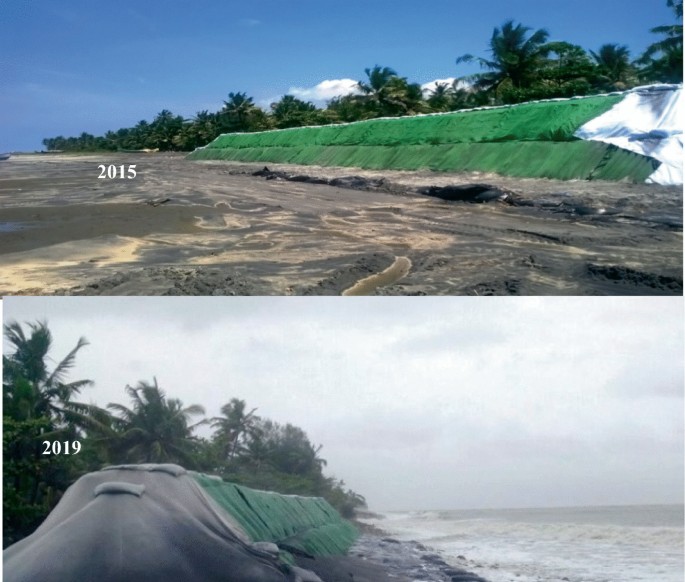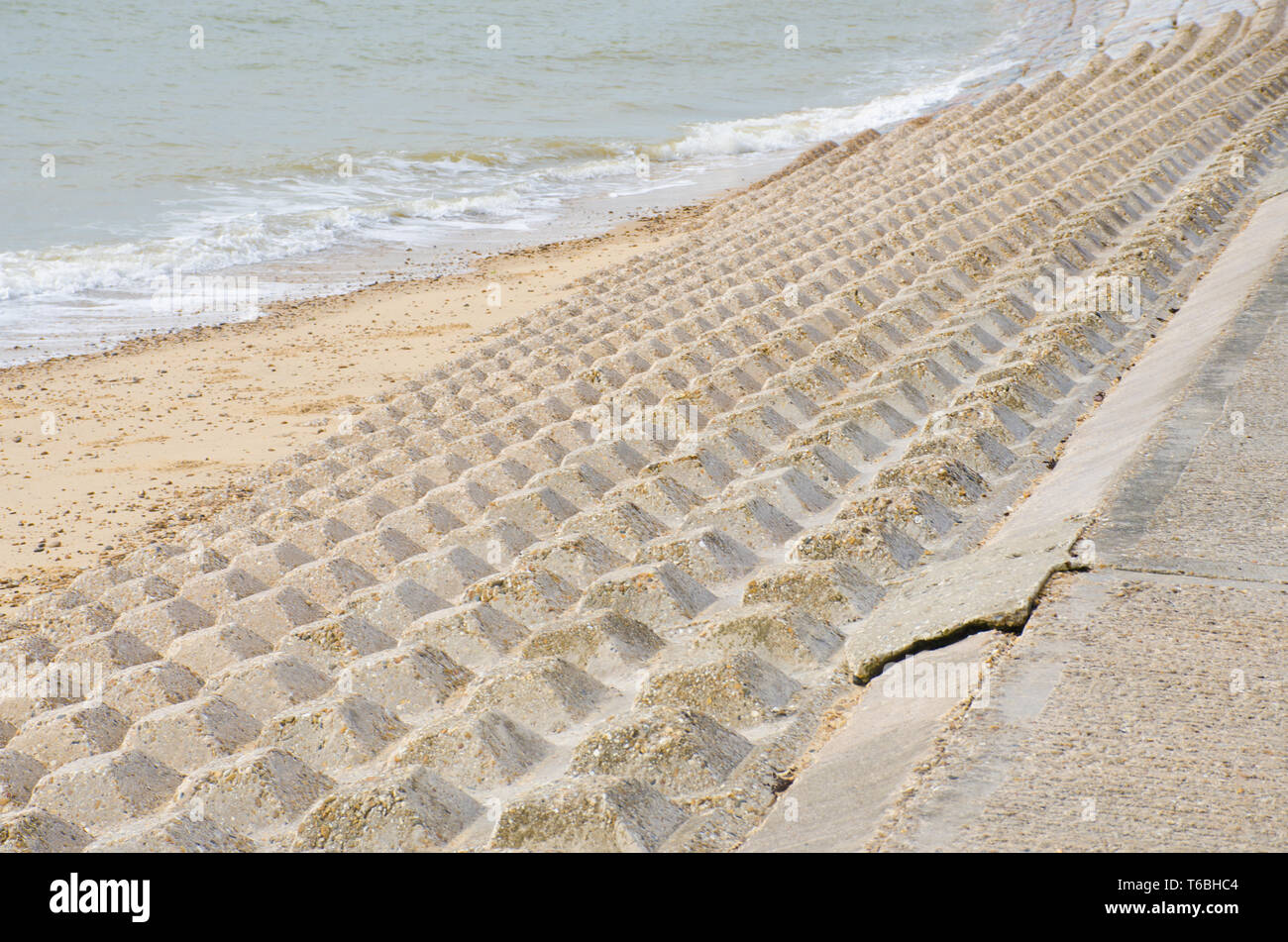The Basic Principles Of Shore Protect Team
Table of ContentsShore Protect Team Can Be Fun For AnyoneGet This Report on Shore Protect TeamSome Known Details About Shore Protect Team Top Guidelines Of Shore Protect TeamAn Unbiased View of Shore Protect TeamWhat Does Shore Protect Team Mean?The Single Strategy To Use For Shore Protect Team
Decline in residential or commercial property value: As the location tourism is influenced by disintegration, so after that is the economic climate. Buyers are less likely to search for a beach house that might be damaged at any type of minute by the impending flooding and disintegration emergency situation. In turn, building worth can go down profoundly and impact the whole area.Whether a coastline is just small and congested or needs to shut completely for the security of the ecosystem and close-by residential properties, this significantly impacts tourist. Subsequently, neighborhood economies are affected (https://www.easel.ly/browserEasel/14605923). Risk of injury: The enhanced threat of flooding and structural failures causes an increased risk of injury to close-by tourists and area participants

Coastline stablizing is straight relevant to their task. Waterside hotels: Due to the fact that coastline erosion effects tourism, it impacts the success of beachfront resorts.
Some Known Details About Shore Protect Team
Coastal industrial companies: No vacationers means no company. Coastal state parks: State parks that exist along coasts are at risk of damage.
Tough stabilization utilizes man-made structures as security to manage disintegration. Most types of tough stabilization like seawalls and sheet steel are not perfect for coastline stabilization.
The Facts About Shore Protect Team Revealed
There's additionally insufficient evidence of their effectiveness depending on the kind of shoreline and neighborhood conditions. Difficult stabilization strategies often tend to be harder to set up and don't match the natural aesthetic, sticking out like a sore thumb and damaging local environments in numerous situations. Beach nutrition is the procedure of including shed sand and debris back to beaches after erosion has happened.
TrapBags help in the process of beach nourishment by securing natural ecological communities and allowing plants to expand. While this procedure can be expensive and is not irreversible, the pros often tend to outweigh the disadvantages. TrapBag barriers deal many residential or commercial properties that make them optimal for coastal and riverbank erosion defense. They're: Eco pleasant: You can use native dirt both to surround and to fill up the TrapBags.

About Shore Protect Team
Easy to set up: Alleviate of installation implies TrapBags can be released promptly in the occasion of an emergency. They can additionally be installed with no heavy machinery. Budget-friendly: TrapBags are optimal for both small and huge areas of shoreline. They give a budget friendly remedy to cover jobs of any kind of dimension.
Incorporated with a high building expense, this has brought about raising usage of various other soft engineering seaside administration alternatives such as beach replenishment. Seawalls are built from numerous products, the majority of typically reinforced concrete, stones, steel, or gabions. Various other possible building products consist of plastic, wood, aluminum, fiberglass composite, and naturally degradable sandbags constructed from jute and coir. The appropriate seawall style depends on location-specific elements, consisting of surrounding erosion procedures. There are 3 main kinds of seawalls: upright, bent, tipped, and piles (see table below). A record released by the United Nations Atmosphere Program (UNEP) suggests that the tidal wave of 26 December 2004 created less damage in the locations where natural barriers existed, such as mangroves, coral reefs or coastal greenery.
Natural obstacles, such as coral reefs and mangrove woodlands, stop the spread of tidal waves and the circulation of coastal waters and mitigated the flood and rise of water. A cost-benefit technique is a reliable method to establish whether a seawall is appropriate and whether the advantages deserve the expense.
The Ultimate Guide To Shore Protect Team
A seawall is a static feature which can contrast with the vibrant nature of the shore and impede the exchange of sediment in between land and sea. The table below sums up some favorable and negative effects of seawalls which can be utilized when comparing their efficiency with other coastal management options, such as coastline nourishment. [] Advantages and disadvantages of seawalls according to Short (1999) Advantages Downsides Lengthy term solution in contrast to soft coastline nutrients.

This can trigger coastlines to dissipate, providing them ineffective for beach goers. Normally, seawalls can be a successful way to control coastal disintegration, but only if they are constructed well and out of materials that can endure the force of continuous wave power. Some understanding is required of the seaside procedures and morphodynamics particular to the seawall place.
Top Guidelines Of Shore Protect Team
Combined with a high building price, this has actually caused enhancing use other soft design coastal management choices such as beach replenishment. Seawalls are constructed from numerous materials, many frequently strengthened concrete, boulders, steel, or gabions. Other feasible building products consist of vinyl, wood, aluminum, fiberglass composite, and eco-friendly sandbags made from jute and coir. The ideal seawall layout depends on location-specific facets, including bordering erosion procedures. There are three main kinds of seawalls: upright, curved, tipped, and piles (see table below). A record released by the United Nations Setting Programme (UNEP) recommends that the tsunami of 26 December 2004 triggered much less damage in the locations where all-natural barriers were present, such as mangroves, reef or coastal plant life.
All-natural barriers, such as coral reefs and mangrove forests, stop the spread of tidal waves and the flow of coastal waters and mitigated the flood and rise of water. A cost-benefit method is an effective means to identify whether a seawall is suitable and whether the advantages are worth the expense.
The Best Strategy To Use For Shore Protect Team
A seawall is a static feature which can conflict with the dynamic nature of the coast and hamper the exchange of sediment in between land and sea. The table listed below summarizes some favorable and adverse effects of seawalls which can be used when comparing their performance with various other seaside monitoring options, such as coastline nourishment. [] Advantages and negative aspects of seawalls according to Short (1999) Benefits Negative aspects Lengthy term remedy in contrast to soft beach nourishment. erosion control.

This can create coastlines to dissipate, rendering them ineffective for beach goers. Generally, seawalls can be a successful method to regulate seaside disintegration, but just if they are built well and out of materials that can endure the pressure of recurring wave power.